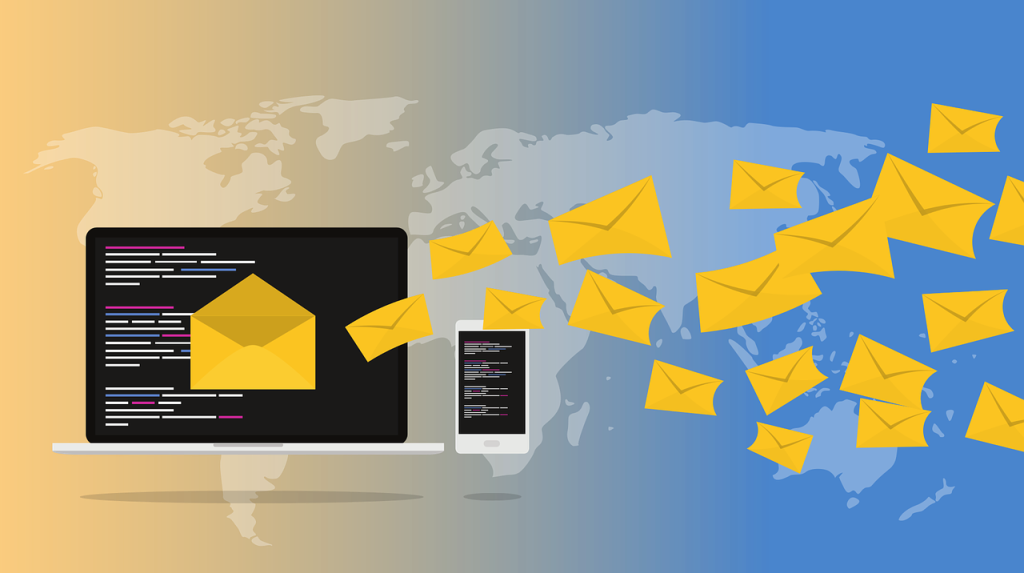Individuals like to do business with people they like on a personal level, which has been shown time and time again. It’s no surprise, then, that social skills are necessary for sales success. However, things are changing, and algorithm precision and data analysis are becoming increasingly vital these days.
Quick Links
To close sales, today’s salespeople rely on technologies and data. There is another shift in the sector, aside from the increased emphasis on data collecting and analysis. Sellers will not be able to get away with poor communication with their customers. They must be aware of their requirements and use a one-of-a-kind, individualized sales technique to constantly handle their issues. To accomplish so, you’ll need to gather information about your potential customers and analyze it to learn more about their needs.
What is email marketing segmentation?
Email users are segmented into smaller groups based on predetermined criteria. Email marketing Segmentation is typically used as a personalization strategy to offer more relevant email marketing to subscribers based on their geographic area, interests, purchase history, and other factors. This process of dividing your user-base into sub-groups from a larger market is also known as market segmentation. Instead of sending a single mass message to all of the email lists, segments are formed so that the marketer may cater directly to each list and its unique interests.
Many companies still believe that everyone of their email subscribers should receive the same information. It’s just a long list with very little effort. That bare-bones attempt is apparent. Almost half of individuals who sign up for email newsletters end up deleting them.
- Locate possible clients.
If you can study the users, their activities, and their wants, you can make sales more productive. When marketing to those who are willing to buy, salespeople have a better chance of converting. Customers’ past behavior might be examined for patterns that indicate their willingness to buy. Then, using this sample of people, businesses can locate others who share their interests.
- Determine the appropriate cost.
Customer behavior analysis can assist businesses in determining how much a product or service’s customers are willing to pay. They can utilize this data to keep their balance sheet in good shape as they offer their goods and services. The willingness to pay does not remain constant; it can shift as a result of new competitors entering the market or other external factors such as the economy. As a result, it’s critical to continue gathering data in order to have the most up-to-date information and price your products appropriately.
A data-driven strategy can also save the organization money by focusing salespeople’s time and resources on customers who are more likely to buy.
- Boost client satisfaction
In 2022, the sales process will be very different from what it was even a decade ago. People nowadays acquire items and services through a variety of different channels and gadgets. Users are looking for a consistent experience across all channels. Understanding your customers will enable you to create a more tailored experience throughout the client journey. Businesses should strive to collect as much data as possible on their customers. It will enable them to give their customers the finest possible service.
- Adapt your business to the changing environment.
Individuals are familiar with online shopping. Even companies are making purchases online these days. For corporate salespeople, this is a significant change. Making sales online isn’t the same as making sales in a physical store. Material considerations like price, customer experience quality, and product specifications are more essential online than offline. Personal relationships, for example, are becoming less important. Salespeople must use data to adapt as the sales process evolves.
How Can You Improve Your Sales Process By Making Changes?
Image credit: Pixabay
You must first ensure that data gathering and analysis are operating well before you can use data to improve your sales process. Business leaders should decide which department will be in charge of analyzing the data and extracting useful information. In most businesses, data scientists and machine learning professionals work in the IT department to develop algorithms for data analysis.
It’s critical to go beyond simply gathering information. Managers should establish plans for analyzing and presenting the findings so that everyone in the firm is aware of their significance.
Here’s how to handle data collection in a way that truly improves outcomes:
- Make a link between your goals and your measurements.
Many businesses can gather data, but they are unable to derive value from it. This issue must be addressed, or companies will amass an excessive amount of data that will be wasted.
To achieve their business objectives, organizations must first construct a set of objectives. Then they have to come up with metrics that can be used as indicators of whether or not these goals have been accomplished. This is required in order to link the data to real-world business objectives and discover how specific KPIs might help you boost sales.
Salespeople with years, if not decades, of expertise are tempted to feel that their gut instinct is more dependable than the statistics. Managers must persuade them that keeping track of metrics is worthwhile, and that attempting to improve these indicators would help them sell more. To accomplish so, they’ll have to explain how the measurements, objectives, and sales figures are linked. Designing dashboards and generating simply understood reports and visualizations using internet tools is a wonderful idea.
Change is sometimes resisted by those in positions of authority. You should try to educate your managers about the changes in the sales process and get them on board with the new data-driven strategy. Good managers can instill in their employees the importance of data analysis in order to boost sales.

